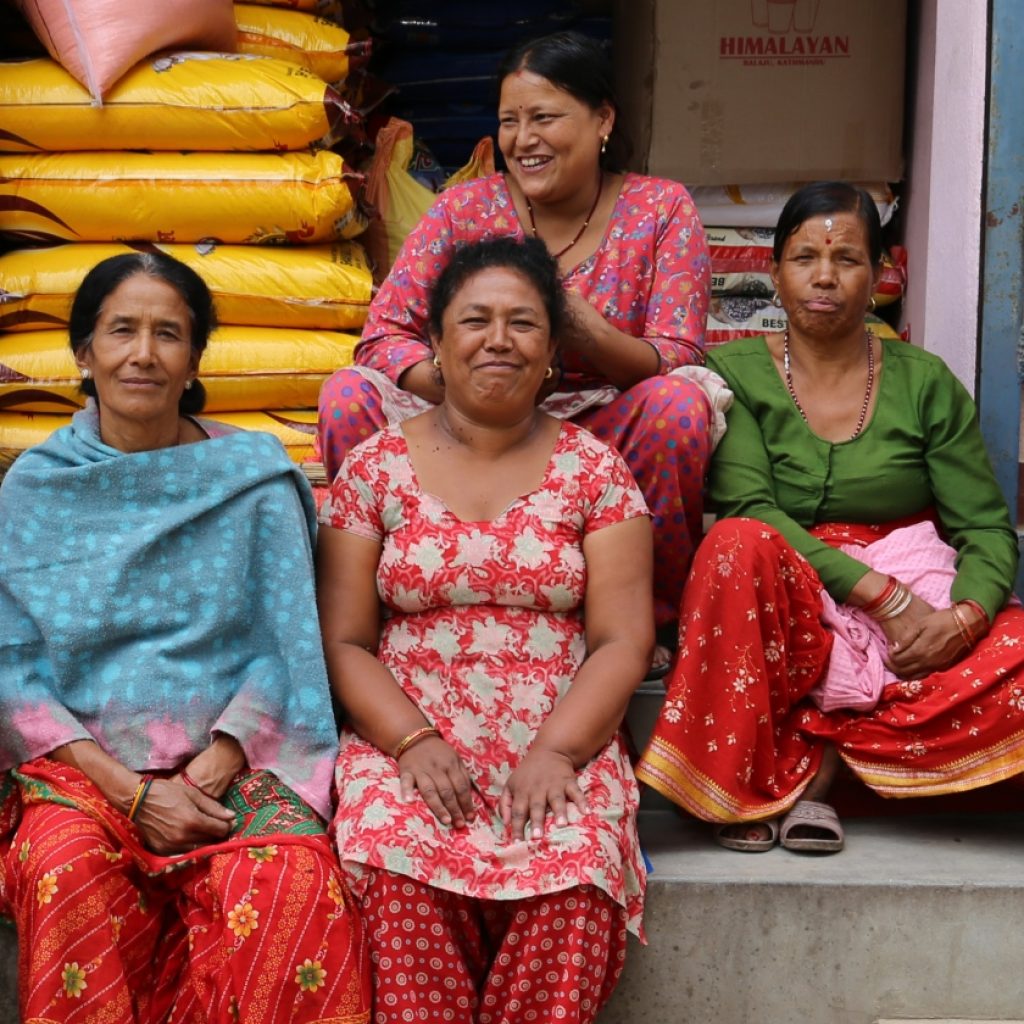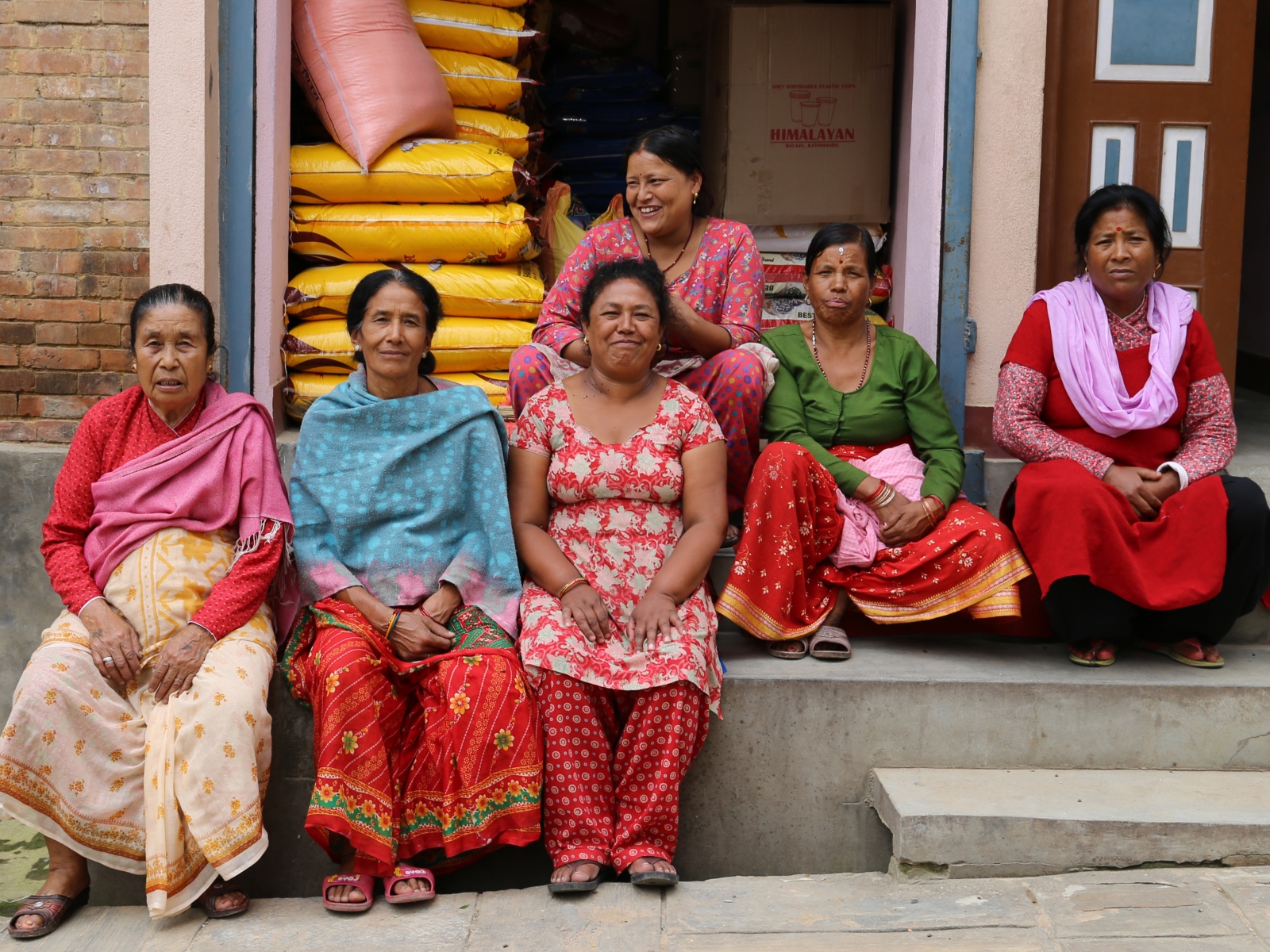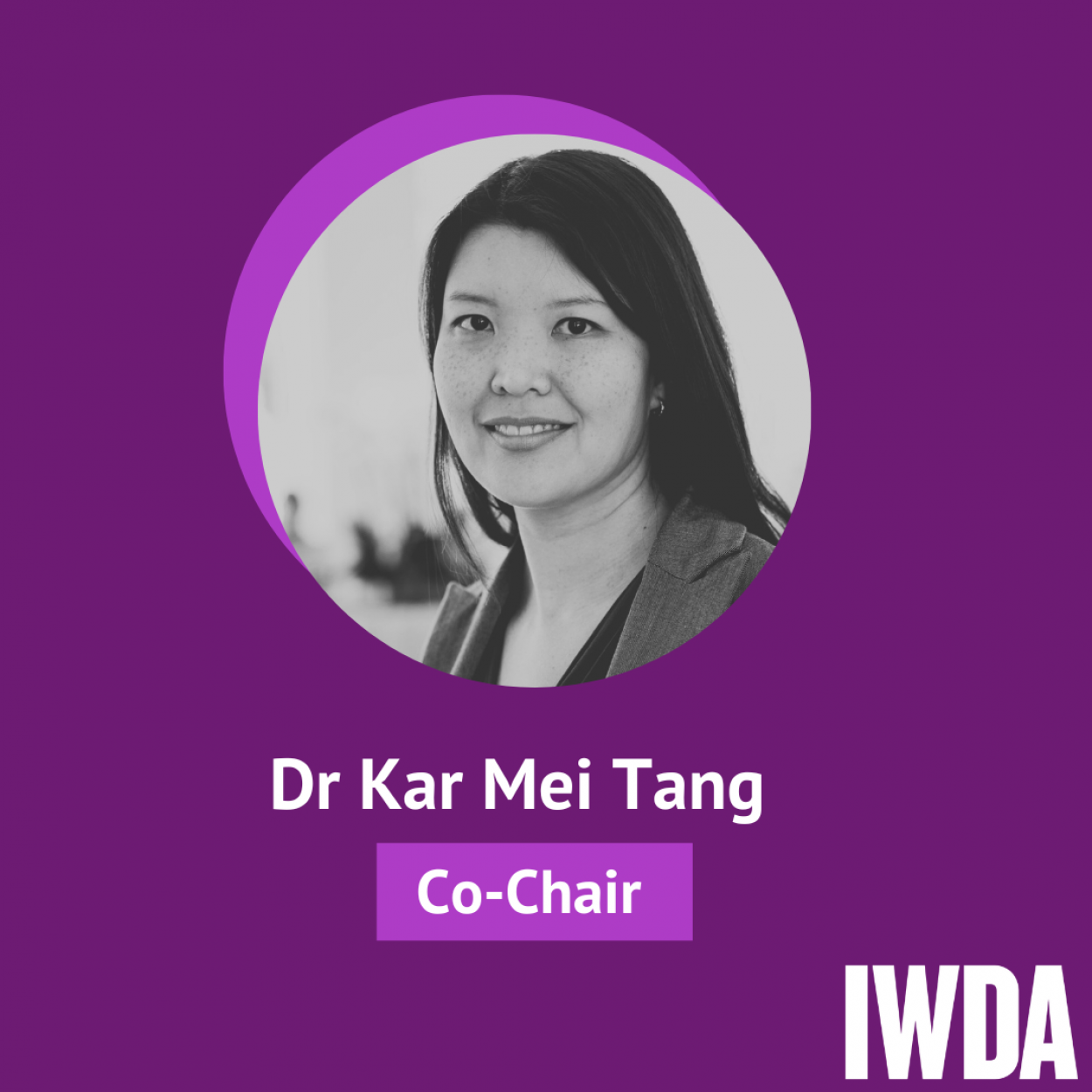
Why Women Must Be Visible In The Measurement Of SDG Progress
The High Level Political Forum (HLPF) is a moment for women’s rights advocates to ensure that the representation of women is codified in measuring progress towards the SDGs. Dr Kylie Fisk, IWDA IDM Researcher explains.

This blog first appeared on the Individual Deprivation Measure (IDM) website.
Dr Kylie Fisk, Researcher, IWDA IDM Team
The annual High Level Political Forum (HLPF) at the United Nations is a central platform to follow up and review progress towards the Sustainable Development Goals (SDGs). It’s an important part of the journey to 2030 and ensuring no one is left behind.
In particular, this is a moment for women’s rights advocates to ensure that the representation of women is codified in measuring progress towards the SDGs. Targets for progress by 2030 make the Global Goals specific; and indicators, agreed by the international community, specify how progress will be measured. Member states are expected to report against these indicators in reviewing progress on their commitments. For example:
Goal 5: Achieve gender equality and empower all women and girls.
Target 5.1: End all forms of discrimination against all women and girls everywhere.
Indicator 5.1.1: Whether or not legal frameworks are in place to promote, enforce and monitor equality and non-discrimination on the basis of sex.
In 2030, indicator 5.1.1. – whether or not legal frameworks are in place to promote, enforce and monitor equality and non-discrimination on the basis of sex – will be used to evaluate fifteen years of global progress towards Target 5.1: ending all forms of discrimination against all women and girls everywhere. This is why indicators matter.
When women and girls aren’t represented in SDG indicators, they aren’t represented in tracking progress in development (or its converse, deprivation).
SDG indicators are currently classified using a 3-tiered system:
- Tier I indicators have an established methodology and regular global data production across at least 50% of countries.
- Tier II indicators have an established methodology but currently no regular data production.
- Tier III indicators have no internationally established methodology or available standards.
Indicators still classified as Tier III in 2020 will be dropped from the official SDG monitoring list. This should be of enormous concern to the global community.
For gender equality in particular, we know that currently, only 34% of gender-related indicators sit in Tier I (have an established methodology and regular data production), while 66% sit in Tiers II or III.
This puts a significant number of all SDG targets and goals towards achieving gender equality at risk of being dropped in 2020.
Recently, the agencies in charge of indicator 5.1.1 above (called custodian agencies; in this case, UN Women, World Bank, and the OECD Development Centre), worked to lift indicator 5.2.1. from Tier III to Tier II.
UN Women and partners wrote discussion papers, convened workshops with experts and National Statistical Services, initiated data guidelines, developed survey instruments, and piloted data collection to monitor legal frameworks promoting, enforcing, and monitoring gender non-discrimination.
They were successful in lifting this indicator out of the Tier III danger zone, and the United Nations Statistical Commission has sanctioned globally measuring legal non-discrimination by sex – by the method the custodian agencies proposed.
This illustrates that investment in gender data and associated advocacy activities can achieve concrete outcomes in making women more visible in the international framework of the SDGs.
As of 11 May 2018, the updated Tier classification contains 93 Tier I indicators, 72 Tier II indicators and 62 Tier III indicators. In addition to these, there are 5 indicators that have multiple Tiers (different components of the indicator are classified into different Tiers).
Among only 53 gender-related indicators, 15 are classified as Tier I and three more as a mix of Tier I and lower Tiers; all the rest are in Tiers II and III.
If investments aren’t made now to shift Tier III and Tier II indicators to Tier I, much of the data that is vital to monitoring the progress of women globally will not be sanctioned, and therefore not produced.
Here’s another example showing how the lack of agreed methodology for monitoring SDG progress puts advancement towards gender equality at risk:
Global Goal 6 is to Ensure availability and sustainable management of water and sanitation for all.
One target, 6.2., states “By 2030, achieve access to adequate and equitable sanitation and hygiene for all and end open defecation, paying special attention to the needs of women and girls and those in vulnerable situations”.
This sound promising. However, the indicator associated with this target includes no provision to ensure the “needs of women and girls and those in vulnerable situations” are included at all in measurement against the target.
Instead, this indicator, 6.2.1., measures the “proportion of population using (a) safely managed sanitation services and (b) a hand-washing facility with soap and water.”
This means that in 2030, when the international community evaluated global progress towards sanitation and hygiene for women and girls specifically, there will be no official data available – because collecting data that can be disaggregated to make women and girls visible has not been prioritised.
In fact, none of the Goal 6 indicators specifically require sex-disaggregated data. This raises the question:
How will we know whether women are being left behind in global water and sanitation practices? And how will we know which women are most affected, so we can target policies and programs?
These are just two examples; there are currently 226 indicators sitting under the SDG framework. While indicators may seem on the surface to be a technical footnote, they are the key to holding development actors accountable for achieving progress in the global development agenda.
Otherwise, the sustainable development goals are just another framework.
It is critical that women are represented in data when the world evaluates progress towards the Sustainable Development Goals in 2030. The IDM will be producing data into 2020 and beyond that aids policy makers in implementing and monitoring progress towards the goals, above and beyond the current indicators. Join us.




